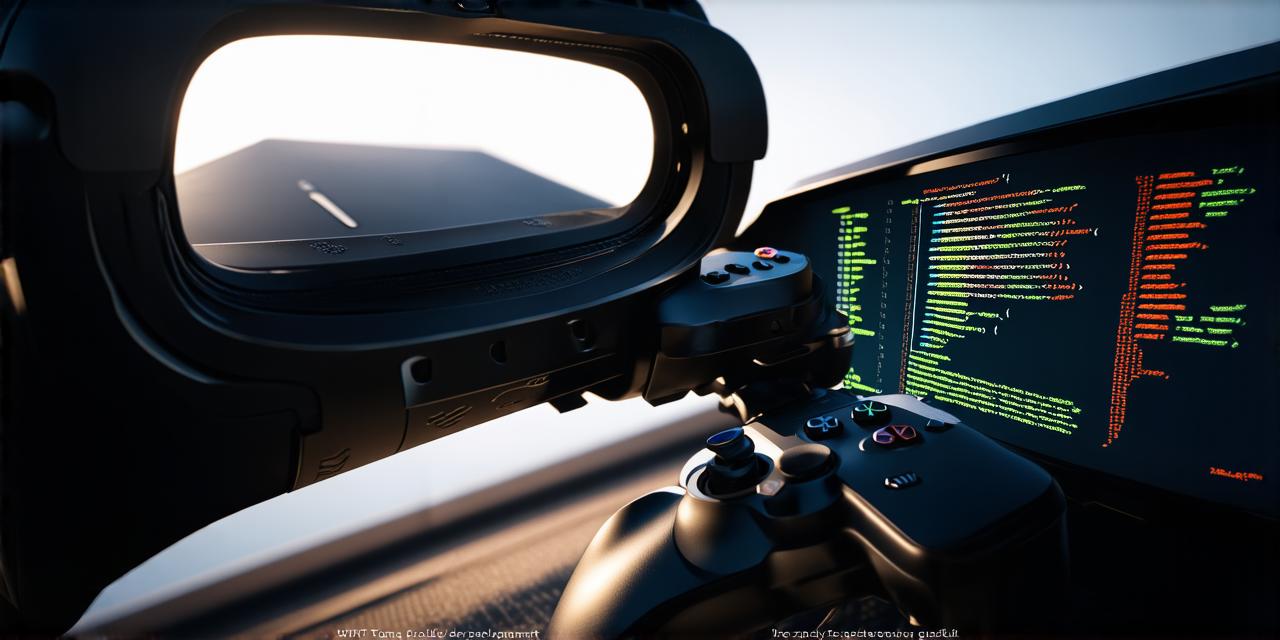Table of Contents
1. Introduction to Virtual Reality
2. Understanding the Basics of VR Game Development
3. Choosing Your Development Tools and Platforms
4. Designing the Game World and User Interface
5. Creating 3D Assets and Animations
6. Implementing Game Logic and Physics
7. Optimizing Performance and Reducing Motion Sickness
8. Testing and Deployment
9. Case Studies and Real-Life Examples
10.
FAQs
Introduction to Virtual Reality
Virtual reality is a computer-generated simulation of a three-dimensional environment that can be interacted with using specialized sensors and devices, such as headsets, gloves, and controllers. VR technology has been around for decades, but it was only in the last few years that it became accessible and affordable to consumers. Today, VR is used in a variety of applications, including gaming, education, training, and entertainment.
Understanding the Basics of VR Game Development
Before diving into the specifics of game development, it’s important to understand the basics of VR technology. Here are some key concepts you should be familiar with:
- Field of view (FOV): The maximum angle that a player can see while wearing a VR headset. A wider FOV provides a more immersive experience, but can also cause motion sickness.
- Resolution: The number of pixels displayed on the screen of a VR headset. A higher resolution provides a clearer image, but can also increase the risk of motion sickness.
- Refresh rate: The number of times the screen of a VR headset updates per second. A higher refresh rate reduces motion blur and improves performance.
- Tracking: The system that allows a player’s movements to be tracked by sensors and translated into in-game actions. Accurate tracking is crucial for an enjoyable VR experience.
Choosing Your Development Tools and Platforms
There are several tools and platforms available for VR game development, each with its own strengths and weaknesses. Here are some of the most popular options:

- Unity: A cross-platform game engine that supports VR development on a variety of devices, including Oculus Rift, HTC Vive, and PlayStation VR. Unity is easy to use and has a large community of developers and assets available.
- Unreal Engine: Another popular game engine that supports VR development on a variety of platforms. Unreal Engine is known for its high-performance graphics and physics simulations.
- A-Frame: A web-based framework for building VR experiences using HTML, CSS, and JavaScript. A-Frame is easy to learn and can be used to create simple VR games or prototypes.
Designing the Game World and User Interface
Once you have chosen your development tools and platforms, the next step is to design the game world and user interface. Here are some tips for creating an engaging and immersive experience:
- Keep the player in mind: VR games should be designed with the player in mind, taking into account their physical limitations and sensitivities. For example, players may have difficulty reaching high objects or quickly moving through small spaces.
- Use spatial audio: Audio cues can help guide players through the game world and enhance the overall experience. Spatial audio allows sounds to be placed in specific locations within the VR environment.
- Optimize for performance: VR games can cause motion sickness if they are not optimized for performance. Reduce lag and stuttering by minimizing the number of objects in the game world and using efficient coding techniques.
Creating 3D Assets and Animations
3D assets and animations are an essential part of VR game development. Here are some tips for creating high-quality assets:
- Use realistic textures: Use high-resolution textures that accurately represent the surfaces in your game world to create a more immersive experience.
- Optimize for performance: Large 3D models can cause lag and stuttering in VR games. Use efficient modeling techniques and minimize the number of polygons in your assets to improve performance.
- Test on multiple platforms: Make sure your 3D assets and animations work seamlessly across all VR platforms to ensure a consistent experience for players.
Implementing Game Logic and Physics
Game logic and physics are critical components of VR game development. Here are some tips for implementing these elements effectively:
- Use real-world physics: Incorporate realistic physics simulations into your game world to create a more immersive experience. This includes gravity, collisions, and other physical phenomena.
- Implement intuitive controls: Make sure that players can easily control their characters in the game world using VR controllers or other input devices
